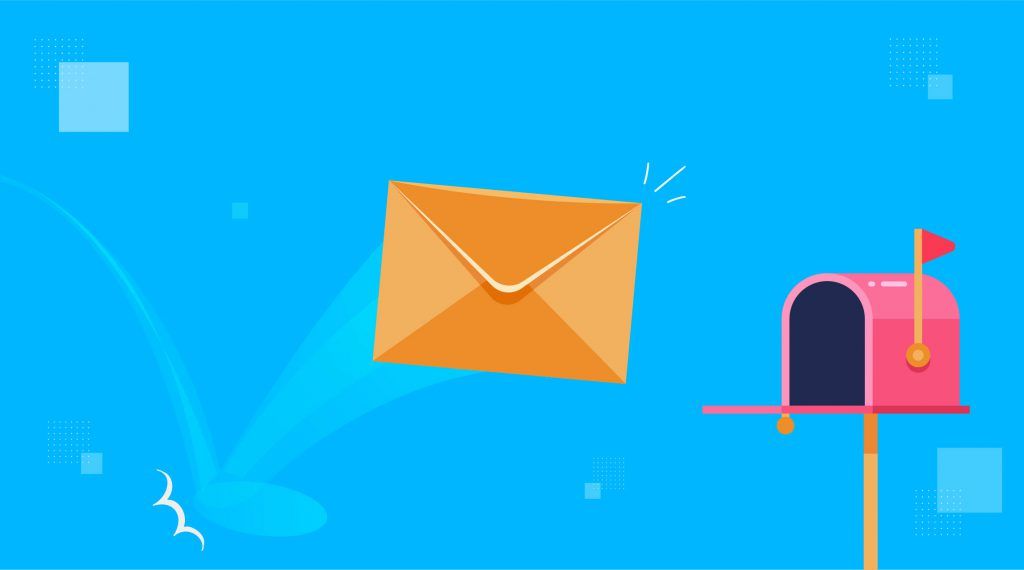Introduction to Email Address Validation
Validating email addresses is a critical step in maintaining the integrity and effectiveness of your email communication. With email being a primary mode of professional and personal correspondence, ensuring that the email addresses you collect and use are valid is essential for successful communication and marketing efforts.
The Significance of Validating Email Addresses
Email address validation serves several important purposes that can significantly impact your business and communication strategy. Here are some key reasons why validating email addresses is crucial:
- 1. Enhance Data Accuracy: Validating email addresses helps maintain clean and accurate data in your contact lists. By eliminating invalid or mistyped email addresses, you ensure that your communications reach the intended recipients.
- 2. Reduce Bounce Rates: Invalid email addresses can result in bounced emails, negatively impacting your sender reputation and email deliverability. Validating email addresses minimizes bounce rates and improves the effectiveness of your email campaigns.
- 3. Improve Deliverability and Engagement: Sending emails to valid addresses ensures that your messages reach the recipients' inboxes. This increases the chances of engagement, such as opens, clicks, and conversions, leading to better campaign performance.
- 4. Save Time and Resources: Validating email addresses before adding them to your mailing list saves time, effort, and resources. It prevents the inclusion of fake, inactive, or non-existent email addresses, allowing you to focus on genuine leads and contacts.
- 5. Protect Your Reputation: Sending emails to invalid or unverified addresses can harm your sender reputation and result in being marked as spam. By validating email addresses, you maintain a positive reputation with email service providers and recipients alike.

Methods for Validating Email Addresses
Validating email addresses involves implementing various techniques to verify their accuracy and authenticity. Here are some commonly used methods:
- 1. Syntax Checking: Syntax checking ensures that email addresses adhere to the correct format, including the presence of an "@" symbol, valid domain name, and proper structure.
- 2. Domain Validation: Domain validation involves verifying the domain associated with an email address to ensure it exists and is active.
- 3. MX Record Lookup: MX (Mail Exchange) record lookup involves querying the DNS (Domain Name System) to check if the domain has valid MX records, indicating its ability to receive emails.
- 4. SMTP Validation: SMTP (Simple Mail Transfer Protocol) validation involves establishing a connection with the recipient's mail server to verify if the email address exists and is deliverable.
- 5. Disposable Email Address Detection: Disposable email addresses are temporary addresses often used for spam or temporary purposes. Detecting and filtering out disposable email addresses helps maintain the quality of your email list.
Implementing Email Validation in Your Workflow
To ensure the accuracy and efficiency of your email addresses, it is essential to incorporate email validation into your workflow. Here are some best practices to follow:
- 1. Use Reliable Email Validation Services: Utilize reputable email validation services or libraries that offer comprehensive validation capabilities. These services leverage advanced algorithms and techniques to provide accurate results.
- 2. Validate at the Point of Capture: Implement real-time email validation during the data entry process. This ensures that only valid email addresses are accepted, reducing the chances of collecting inaccurate or fake email data.
- 3. Regularly Cleanse and Update Your Email List: Periodically cleanse and update your email list to remove invalid or inactive addresses. This helps maintain a high-quality list and ensures your communications are reaching the right recipients.
- 4. Integrate Validation into Your Automation Processes: If you use marketing automation platforms or CRM systems, integrate email validation into your workflows. This ensures that any new email addresses added or imported into your system are validated automatically.
- 5. Educate and Train Your Team: Provide training to your team members who handle email data to ensure they understand the importance of email validation and follow best practices when collecting and managing email addresses.
Conclusion
Validating email addresses is an essential practice that significantly impacts the accuracy, efficiency, and success of your email communication and marketing efforts. By implementing robust validation techniques, you can ensure that your messages reach the right recipients, minimize bounce rates, improve deliverability and engagement, and protect your sender reputation. Make email validation a priority in your workflow and enjoy the benefits of accurate and effective email communication.
Frequently Asked Questions
1. What is email address validation?
Email address validation is the process of verifying the accuracy and authenticity of an email address. It involves checking the syntax, domain, and mailbox existence to ensure that the address is valid and deliverable.
2. Why is email address validation important?
Email address validation is important because it helps maintain clean and accurate email lists, reduces bounce rates, improves deliverability and engagement, saves time and resources, and protects your sender reputation.
3. Can I validate email addresses manually?
While it is possible to manually validate email addresses, it can be time-consuming and prone to errors. It is recommended to use automated email validation services or libraries that employ advanced algorithms to ensure accurate and efficient validation.
4. How often should I validate my email list?
The frequency of validating your email list depends on various factors such as the size of your list, the frequency of data updates, and the importance of email deliverability for your business. It is recommended to validate your email list regularly, such as quarterly or bi-annually, to maintain its accuracy.
5. Can email
validation guarantee email deliverability?
Email validation significantly improves the chances of email deliverability by reducing bounce rates and ensuring valid email addresses. However, other factors like sender reputation, content quality, and recipient engagement also influence deliverability.

6. Can email validation detect disposable email addresses?
Yes, email validation services often have built-in capabilities to detect disposable email addresses. Disposable email addresses are temporary addresses frequently used for spam or temporary purposes, and filtering them out helps maintain the quality of your email list.
7. Is email validation only relevant for marketing purposes?
No, email validation is relevant for various purposes beyond marketing. It is essential for any application or system that relies on email communication, such as customer support, account management, or transactional emails.



